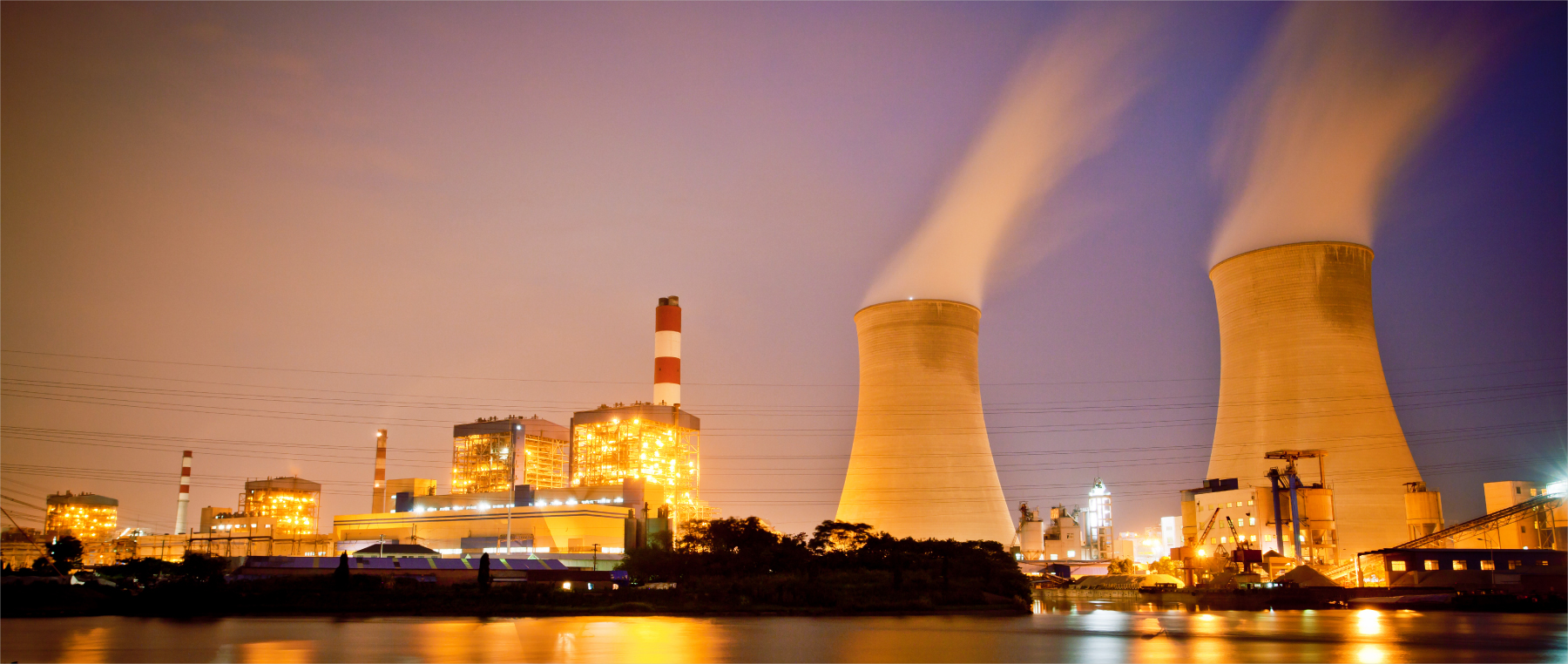An Experimental Study for Investigating the Laminar Flame Speed and Burning Velocity for LPG
Keywords:
: Premixed, adiabatic flame temperature, laminar burning velocity, laminar flame speed, liquefied petroleum gas, LPG, high-speed camera, schlieren photography, constant volume chamber, stretch rate.Abstract
An experimental study on laminar burning velocity of the premixed Iraqi liquefied petroleum gas (LPG)/ air flames was conducted in a centrally ignited constant volume chamber at different initial pressures (0.1-0.3 MPa) and initial temperature of (308 K). Besides, the tested equivalence ratios of air/fuel mixture range from (0.8 - 1.3). Experimental data of laminar burning velocity, stretch rate and laminar flame speed of LPG flames have been presented. The constant volume chamber has been designed and constructed by authors, as this method considered the most accurate one to measure laminar burning velocity. A mixing chamber, ignition control, data acquisitions and highspeed schlieren photography were used. The adiabatic flame temperature used in predicting the burning velocity was calculated theoretically by a FORTRAN program built to find also the physical properties of reactance and expected product mixtures and compared the results with other software and previously published results. Experimental results showed that the adiabatic flame temperature increases toward stoichiometry and maximum value in slightly rich side, the laminar flame speed of LPG and laminar burning velocity decrease with increasing initial pressure for any stoichiometry. Increasing initial pressure range (1-3 bar), stretched laminar flame speed of LPG-air mixture decreases from (2.2-1.5 m/s) and laminar burning velocity also decreases from (31-20 cm/s). Correlations for initial pressure are derived for fuel–air mixtures.

